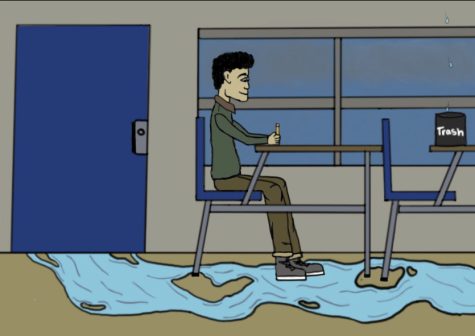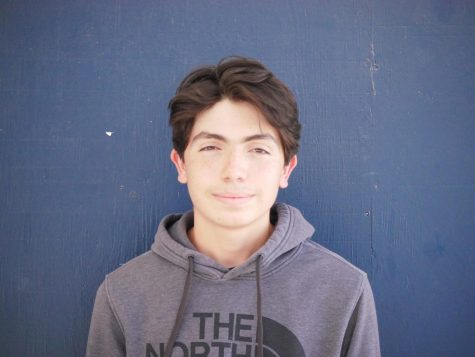Precaution for the downfall
SUHSD needs to prepare more for unexpected weather
February 6, 2023

A deluge of rain provided by multiple winter storms dumped about a trillion gallons of water onto California between December of last year and January of this year. Unfortunately as a relatively dry state, this has caused chaos on California’s roads, communities and cities. Now as California rappels with the aftermath of the storm, this should be a turning point in how the Sweetwater Union High School District (SUHSD) handles the problematic weather in case it comes down to the Chula Vista area.
According to “California gets extensive storm damage as weather calms” by NBC News, there has been nine atmospheric rivers since late December causing power outages, flash flooding, levee breaks, washouts and landslides nearly statewide. At least 20 people have been killed from the conditions created by the rain. The amount of water in the snowpack covering the Sierra Nevada and other mountain ranges is more than 250 percent of normal snowfall.
As these adverse conditions were felt throughout the state, the majority of Bonita Vista High’s (BVH) students ate lunch outside as we are an outdoor campus. While students do have access to go into all teacher’s classrooms and the gym, the fact of the matter is that lunch is supposed to be a break from the classroom and learning. It should be a time for students to relax and have a space to meet up with friends. Because of this, the cafeteria at BVH should be expanded so students have another option of where to go during adverse weather. It’s not just during rain storms where students need a provided space but during the heat of summer and the cold mornings during the winter when students are dropped off early.
Additionally, coming to school on these days is a hazardous experience. With the wet roads and flooded intersections, accidents dramatically increase. According to the “National Highway Traffic Safety Administration,” a law firm, wet pavement causes 70 percent of weather-related car accidents. Rain causes 46 percent of weather-related car accidents and 445,000 people are injured due to weather-related accidents each year.
In the morning, students and parents are rushing to get to school before the morning bell can create an unsafe environment. To combat this, the school should push back first period later, giving students more time to get to school on time and safely or reforming the tardy system to give students an extra 30 minutes of leniency to show up to first period on rainy days. This would only have to be a few days a year due to the fact that it generally doesn’t rain. However, it would add a critical safety element on the days where it would be hazardous to come to school.
Furthermore, a large portion of BVH’s drivers are students who are just recently receiving their license and might not be as experienced. Harsh weather like rain, could be difficult to drive in, making accidents more prone.
According to the International Journal of Behavioural Nutrition and Physical Activity, a peer- reviewed journal, students most often spend rainy or snowy days in the gym and are in general more sedentary. Physical Education (P.E.) is an important class to take while in high school but the reality is that when it rains, we can’t do P.E. Students could use that time more effectively by doing their homework and maybe the students with jobs could be dismissed early so they can clock in more hours. This circumstance would be minimally used as it rarely rains in California, but it would be a good development to students who have tight schedules and allow them to use their time more efficiently overall.
Overall, this last storm could motivate BVH to make improvements on how to deal with heavy weather for their students on campus. It may seem meaningless but, in the long run it’s the little decisions along the way that end up mattering the most. While we might not experience much in terms of precipitation, it’s better to be safe and prepared than sorry.


